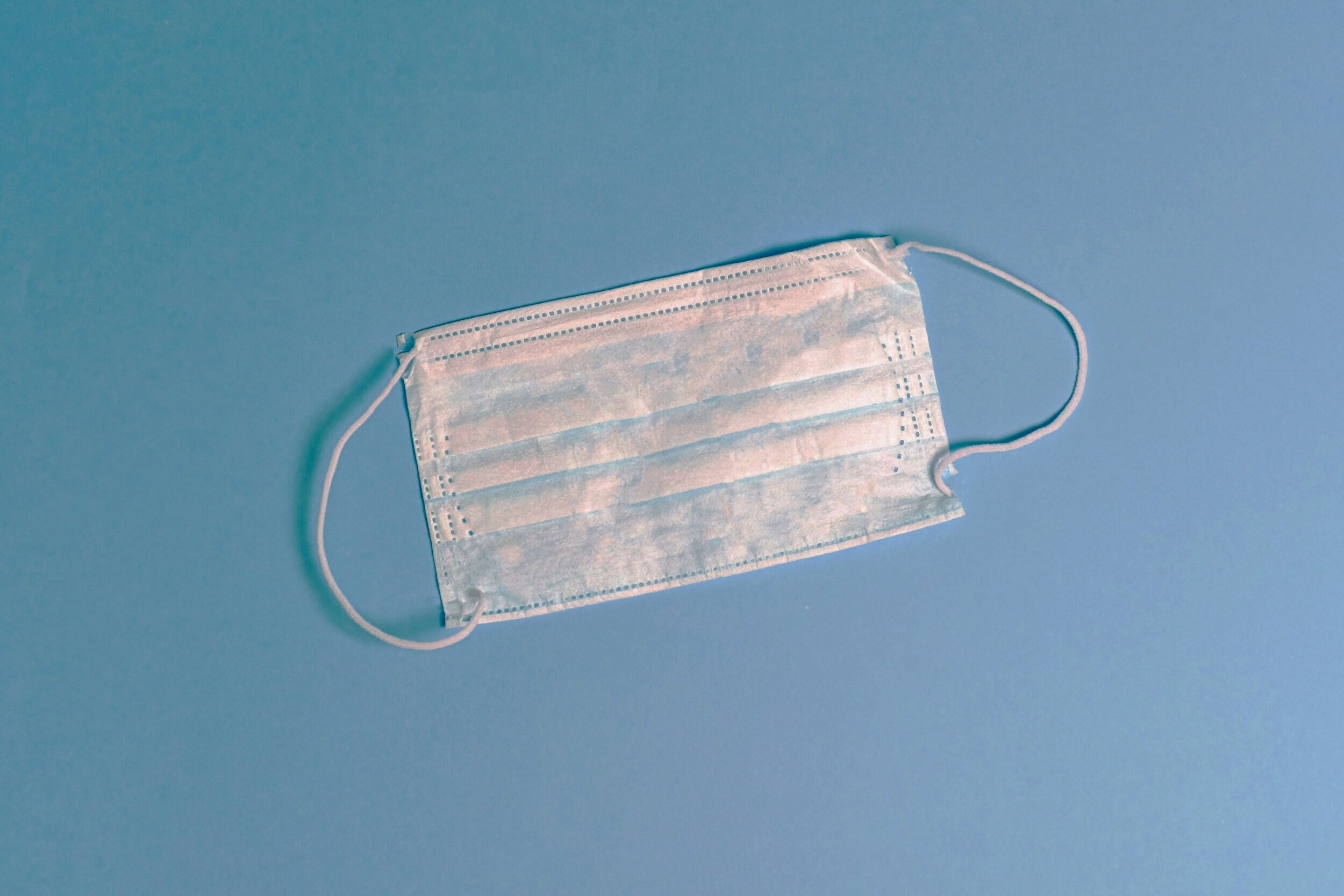Critical Illness
If you’re lucky, you’ve probably never had to use critical illness insurance (sometimes called catastrophic illness insurance).
Perhaps you have never even heard of it.

How Critical Illness Insurance Works
Critical Illness is a lump sum payment in the event that you are diagnosed with a serious illness. There are typically 25 illnesses covered under a CI policy, including cancer and heart disease. Your policy will define which conditions you are covered for. This payment is received tax free and allows you the time to focus on your recovery. It is a one time payout that you can use for whatever you need.
Choose the coverage amount you want.
Pay your premium
File a claim if you’re diagnosed with a critical illness
Receive your payment, tax free. You may have to wait a set period of time depending on your condition.
Critical illness insurance provides additional coverage for medical emergencies like heart attack, stroke, or cancer.
Because these emergencies or illnesses often incur greater than average medical costs, these policies pay out cash to help cover those overruns where traditional health insurance may fall short.
These policies come at a relatively low cost. They typically cover 25 illnesses. Claims are not limited to one illness, but rather as many as you go through, with the exception of paying for the same illness twice.
As an example, if you have a type of cancer, you will receive a payment. Should you go into remission, and get the same cancer again, it will not payout a second time. Should you end up with a different cancer, then the claim can be processed.
Critical Illness For Children
Having a Critical Illness policy for your child, whether a rider or as a stand alone policy, allows you to take the time off should your child become ill. You are the beneficiary, and this gives you the availability to be with your child at their most vulnerable time, without the worry of giving up your income.
Why Do You Need Critical Illness Insurance?
A serious , life-altering illness affects one in three Canadians in their lifetime.
Having a policy will mean you will not have to dip into your RRSP or other investments to pay for any additional medical costs.
This policy also allows you to concentrate on getting healthy, knowing your benefit payment can help you with your finances.
How much do you need?
Take a look at your finances. Make sure you include rent/mortgage, loans and other depts. Daily life can also be covered, such as groceries, utilities, credit card payments and other living expenses.
There are two ways to pay for critical illness insurance:
Much like a term life policy, you can have term CI insurance. This means you choose the amount of time you want the insurance for, be it ten, twenty, or even thirty years. At the end of these periods, you can renew the policy, however it will be more expensive, as you have aged during that time.
The alternative is to pay an even premium until you have reached the age of 75. This may be more expensive in the beginning, but it will save you much more in the later years.
Example Critical Illness Policy for $100,000 for a 30-year-old female
With a variable term policy, the applicant's annual payment would range from $305-$2103 between ages 30-60.
At an even premium for ages 30-75, however, the payment would be $641 every year, with no premium increase.
Critical illness is a great policy to have, and to have it level to age 75, or to age 100, means you have a lifetime of coverage.
You probably think critical illness insurance, like all other insurance products, was created by an insurance company, but in fact, it was a doctor named Marius Barnard who was credited with the invention of CI.
Dr. Barnard was a heart surgeon who was part of the team that performed the first human-to-human heart transplant in South Africa in 1967. Although he helped many patients make a full recovery from their illnesses, he also saw their financial difficulty in the years to follow.
“I was used to operating on people and boasting about my great results of patients surviving five or six years. But all of a sudden I saw the social and financial implications. I knew nothing about insurance but I knew life insurance paid out on the diagnosis of death. But to me, my patients lived for years but in this time they died financially.”

